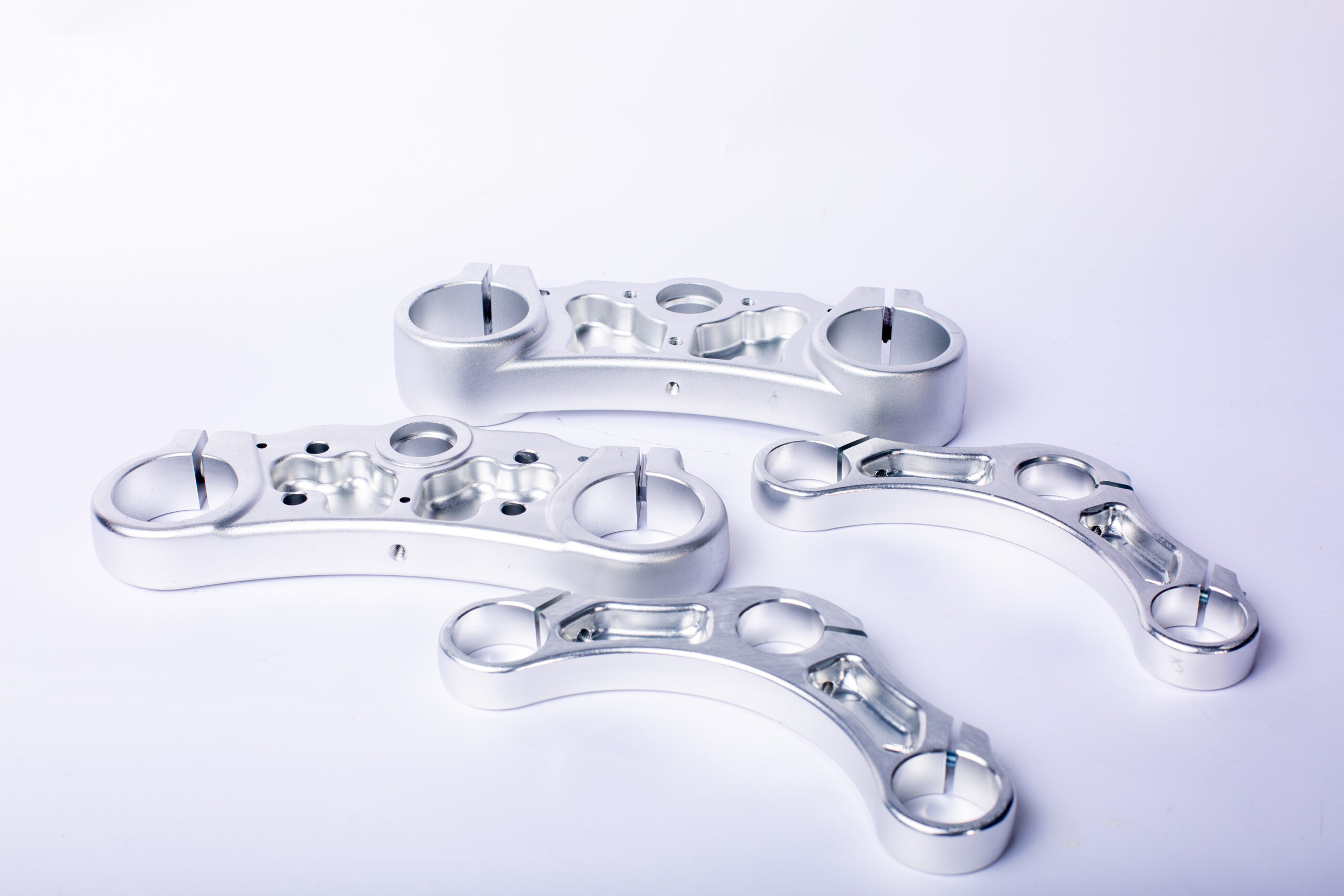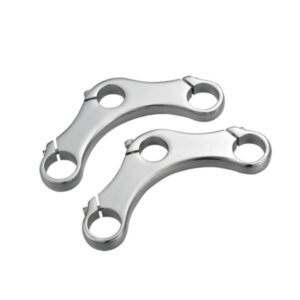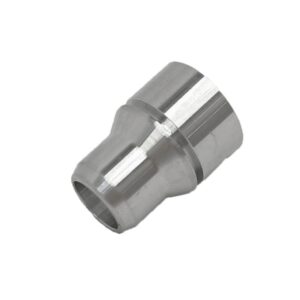Forged aluminum is a material that has gained significant attention in various industries due to its exceptional strength, durability, and versatility. From aerospace components to automotive parts and consumer goods, forged aluminum finds wide-ranging applications. In this article, we delve into the fascinating world of forged aluminum, exploring its properties, manufacturing process, applications, and the advantages it offers over other materials.
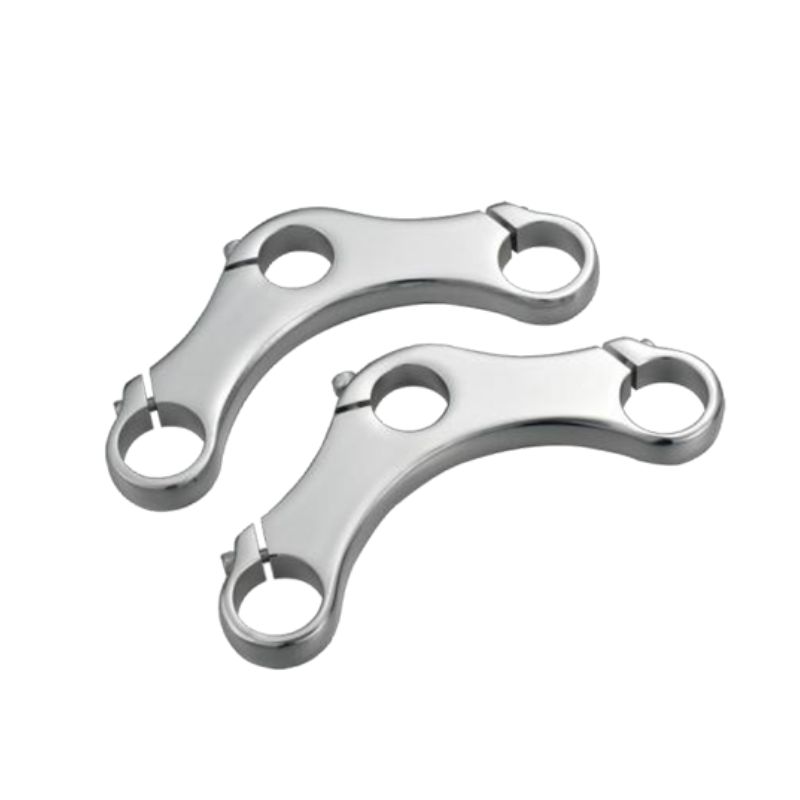
1. Understanding Forged Aluminum:
Forged aluminum refers to aluminum alloys that undergo a forging process to achieve desired shapes and properties. The forging process involves shaping metal through compressive forces, resulting in improved mechanical properties and enhanced performance.
2. Properties of Forged Aluminum:
- Strength and Durability:
- Forged aluminum exhibits high strength-to-weight ratio, making it suitable for applications requiring structural integrity and load-bearing capabilities.
- Corrosion Resistance:
- Aluminum naturally forms a protective oxide layer, providing excellent resistance to corrosion in various environments.
- Machinability:
- Forged aluminum alloys offer good machinability, allowing for intricate shapes and precise machining.
- Heat Resistance:
- Certain forged aluminum alloys possess exceptional heat resistance, making them suitable for high-temperature applications such as aerospace components.

3. Manufacturing Process:
The manufacturing process of forged aluminum involves several steps to transform raw materials into finished components with desired properties.
- Billet Preparation:
- The process begins with the preparation of aluminum billets, which are heated to the appropriate temperature for forging.
- Forging:
- The heated billets are then subjected to compressive forces in a forging press or hammer to shape them into the desired form. This process enhances the mechanical properties of the material by aligning the grain structure and eliminating porosity.
- Heat Treatment:
- After forging, the components may undergo heat treatment processes such as quenching and tempering to further optimize their mechanical properties.
- Finishing Operations:
- Finally, the forged aluminum components undergo machining, surface finishing, and quality inspection before being ready for use.
4. Applications of Forged Aluminum:
Forged aluminum finds diverse applications across various industries due to its unique properties and performance advantages.
- Aerospace Industry:
- In the aerospace industry, forged aluminum is used for structural components, such as aircraft wings, fuselage sections, and engine parts, where lightweight, high-strength materials are essential.
- Automotive Sector:
- In the automotive sector, forged aluminum components are utilized in suspension systems, wheels, engine components, and chassis parts to improve performance, reduce weight, and enhance fuel efficiency.
- Sporting Goods:
- Forged aluminum is also employed in the manufacturing of sporting goods such as bicycle frames, golf club heads, and tennis racket frames, offering strength and durability without adding excessive weight.
- Industrial Machinery:
- Industrial machinery and equipment often incorporate forged aluminum components for their reliability, corrosion resistance, and ability to withstand heavy loads and harsh operating conditions.
5. Advantages of Forged Aluminum:
Forged aluminum offers several advantages over other materials, making it a preferred choice for various applications.
- Strength-to-Weight Ratio:
- Forged aluminum provides exceptional strength while remaining lightweight, allowing for the design of robust yet lightweight structures.
- Improved Mechanical Properties:
- The forging process enhances the mechanical properties of aluminum, including tensile strength, fatigue resistance, and impact toughness.
- Customization and Complexity:
- Forged aluminum components can be tailored to meet specific design requirements, allowing for intricate shapes, thin walls, and complex geometries.
- Cost Efficiency:
- Despite its initial higher cost compared to other materials, forged aluminum offers long-term cost efficiency due to its durability, low maintenance requirements, and extended service life.
6. Future Trends and Innovations:
As technology advances, new developments in forging techniques and aluminum alloys are expected to further enhance the performance and capabilities of forged aluminum.
- Advanced Materials:
- Research into advanced aluminum alloys and composite materials aims to improve strength, durability, and heat resistance while reducing weight and environmental impact.
- Innovative Manufacturing Processes:
- Innovations in forging technology, such as precision forging and hot isostatic pressing (HIP), enable the production of complex shapes and tighter tolerances, expanding the applications of forged aluminum.
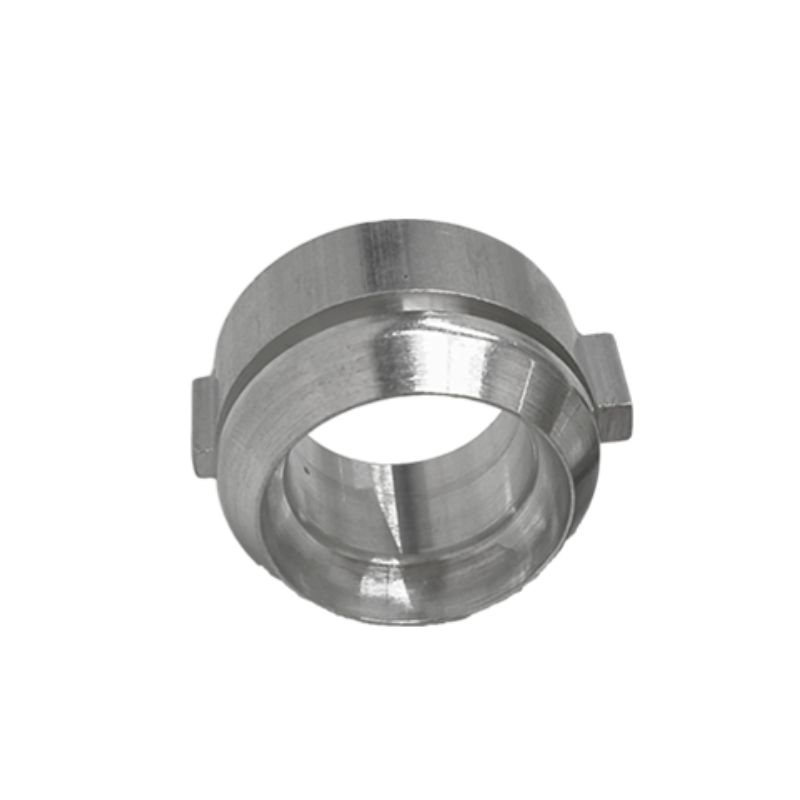
Forged aluminum stands as a testament to the ingenuity of materials engineering, offering a combination of strength, durability, and versatility that makes it indispensable in numerous industries. As advancements in manufacturing techniques and materials continue to unfold, forged aluminum is poised to remain at the forefront of innovation, driving progress and shaping the future of engineering and technology. Its remarkable properties and wide-ranging applications ensure that forged aluminum will continue to play a vital role in the development of advanced systems and components across diverse sectors for years to come.

